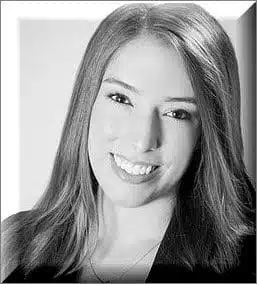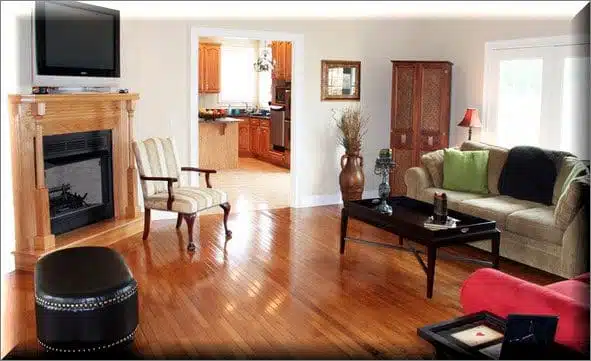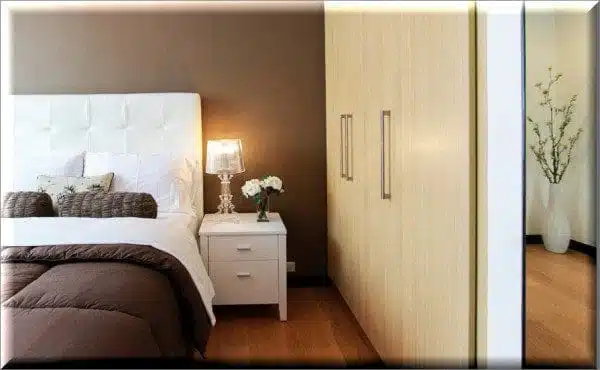Professional Organizers Help Seniors Enjoy Clutter-Free Lives
Posted in Seniors Enjoy Clutter-Free Lives with help from professional organizers
Now Where Did I Put That?
Let’s face it; no matter how organized we try to keep our homes, clutter happens. For many of us, that means spending a few extra minutes tracking down a missing sock or taking an unintentional walk through the past as we dig through old receipts to locate important paperwork.
For older adults living in small New York City apartments, however, a disorganized home can be a hindrance at best and a major safety hazard if left unchecked. Fortunately, home organization experts like Lindsay McLoughlin of Neat Experience can help organize even the most chaotic of living spaces. Lindsay helps clients throughout the five boroughs and outer-lying counties bring order back to their homes, oftentimes at the request of a client’s adult children.
SelectCare Homecare of NY spoke with McLoughlin to learn more about professional organization services and pick up a few tricks of the trade.

Lindsay McLoughlin of Neat Experience
The Challenge
No home is totally free of clutter, but for older adults, an apartment packed to the gills can pose significant safety hazards:
- Stacks of stored items grow less and less stable as they are bumped and nudged over time. These stacks can tip over and potentially trap someone out of reach of a phone or other means of calling for help.
- Clutter can make exiting an apartment during an emergency an even greater challenge for adults with limited mobility. Even in non-emergency situations, a magazine left in a commonly-used walking path can result in a dangerous fall.
- Clutter can even have an impact on finances. If bills pile up or get lost in the shuffle, it’s easy to forget about financial obligations and make it harder for someone to manage their accounts.
- If someone is on a regular regime of medication, a cluttered medicine cabinet can make staying on that schedule a huge challenge. If medications are stored out of sight or are hidden behind other items, they’re more likely to be forgotten.
- Finally, a disorganized apartment might force people to store important items on difficult-to-reach shelves, causing undue strain on backs, legs, and arms and increasing the risk of a preventable injury.
The Solution
Lindsay has been a professional organizer for the last four years and says that for many families tackling clutter, working with an outside professional can help bring a sense of perspective to the process, especially if the homeowner is reluctant to let go of seemingly commonplace items.
“A big part of helping people organize is being a calming, accommodating presence, building trust so it doesn’t feel like you’re coming in and taking someone’s stuff away without any input” Lindsay said. “This is someone’s home – memories accumulate in there.”Lindsay said that when faced with a client who is attached to many items in their home, the secret is to start with smaller, less important items in order to build momentum. When a client sees how much more space they have without clutter, it’s easier to let go of big-ticket items.
Lindsay goes through every item one-by-one with her clients and helps them assess whether each belonging is valuable enough to its owner to warrant it taking up space.
“I go back to three big questions: ‘When was the last time you used this item?’ ‘Does owning this item bring you joy?’ And, ‘are there memories attached to this item?’”
While purging excess items can be the most emotionally demanding part of an organizer’s work, Lindsay believes that arranging the items left behind into practical places throughout the house oftentimes has the biggest impact on a client’s quality of life.
“The final product might not look like a Pottery Barn, but that’s not the point. For older clients, we’re aiming for ease of use and accessibility above all else,” Lindsay said. “If you’re contending with poor eyesight or limited mobility, form needs to follow function. We work to put like items together on the same shelf, put practical items near the client’s favorite chair, keep important items within arm’s reach on shelves and counters.
Lindsay added that creating a “home” for individual items is key to maintaining organization. By placing items back in the same place they were previously stored, they are less likely to be lost or wind up back in a disorganized pile.
The DIY Organizer
Although families oftentimes benefit from the experience of a professional organizer, Lindsay is quick to encourage individuals to try organizing their own homes. Unlike many organizational specialists, Lindsay recommends amateur organizers avoid tackling an entire home in one fell swoop.
“Many seniors and families are working on a budget, and can totally conquer this on their own,” Lindsay said. “Pick one project, one drawer at a time – it’s all the same template. Take everything out, sort, consider if you need to keep each item, purge, donate, trash or sell whatever doesn’t need to stay. Once you’ve purged, you’ll find you have a lot of space to put everything back and find everything a home.”
SelectCare applauds the work of organizers like Lindsay for their efforts to ensure people of all ages live happy, safe, clutter-free lives. To learn more about home organization services, other local services that can improve an older relative’s quality of life, or how SelectCare’s staff of home health care experts can help them live happy, productive lives in the comfort of their own home, call SelectCare today!
